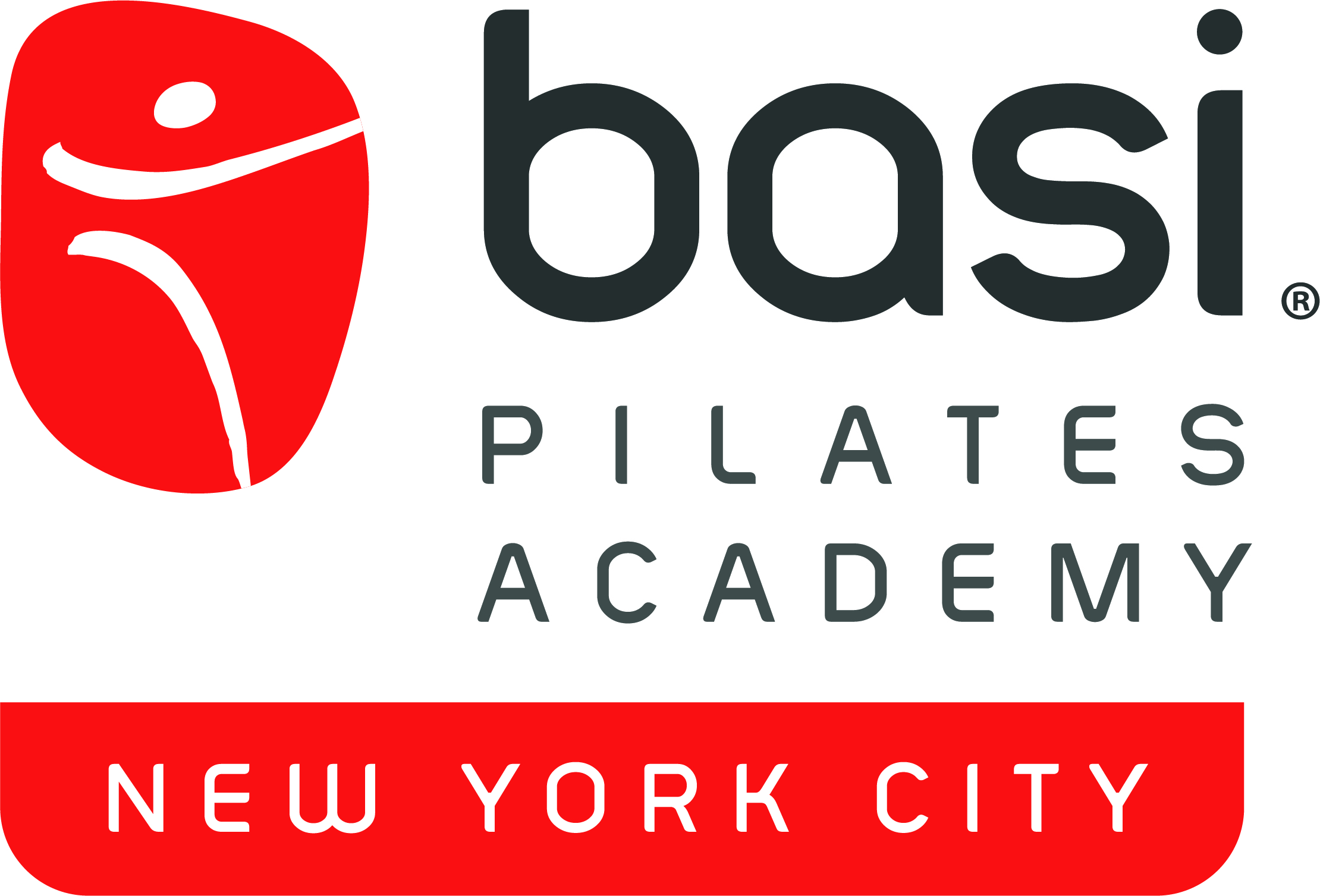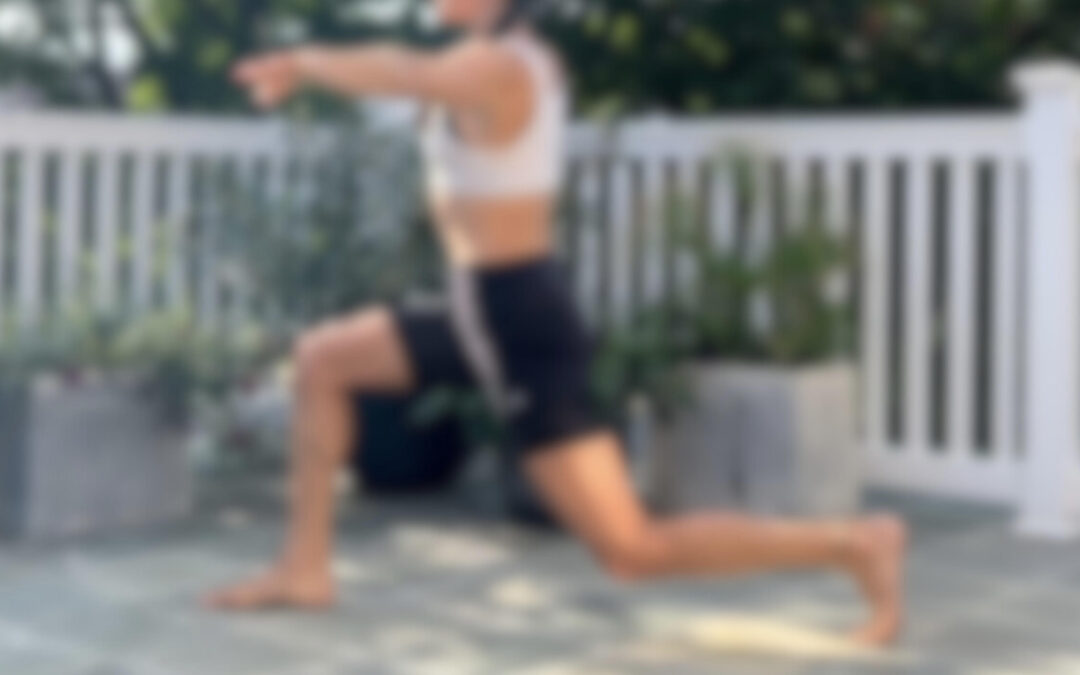Do you take your body for a run and hope for the best or is your body a finely tuned machine that takes your soul for a ride? You can rely on your youth and fresh cartilage for so long before you might start to blame age or “overuse” as the excuse for no longer doing what you love but my motto is “do what you love forever.” The goal is for a body and mind so in sync that you can dip in and out of conscious effort and experience the ultimate freedom of discipline.
I am not a “runner.” But I have much experience running and even more so working with runners over my decades long teaching career. I don’t looooove to run but I love that I can run when I want to.
This particular topic is inspired by my 15 y/o nephew who has recently become a runner, he is training hard for the cross country team at his high school and up everyday at 5 am, eating healthy and training in the gym. He dabbled in sports throughout his life, but nothing really stuck. He is incredibly smart and incredibly calm. His mental capabilities are his superpower and I hope he continues to use that to achieve all of his goals, as he has shown in various efforts over the past couple of years. When I was visiting him this past weekend I went to show him some foot exercises, as shown in exercise #2 below. After some cuing, he was quickly able to correct the common mistake of rolling out on his feet as he lifted his heels into a calf raise. His ability to take a correction and apply it was a sign of his ability to be successful as a runner. If he understands the science and logic behind what he is doing, he is able to implement it straight away. What a gift!
So a few notes to my nephew and Godson.
- This is your chance to develop good habits so as not to misuse your instrument in keeping a healthy gait cycle. Let your whole body run even the parts that don’t have to.
- Your body is like a finely tuned machine or instrument when working optimally. Never underestimate the importance of tuning all the parts to allow it to work for you in functional daily life, running, walking, and even sitting in class.
- Remember you have so much mental focus and strength, use this to your advantage to find joy in movement, and see the ripple effect of clarity in your academic career and thereafter.
- Always know you can come to your auntie and uncle to help guide you when you have questions or need advice on your athletic pursuits.
Here are some moves to incorporate:)
I like to work in my surroundings and as I write this I am with my stand up paddle board and inspired because the paddle is reminiscent of the long dowel used in the classical work and specifically the pole series taught in the BASI Pilates comprehensive teacher training.
Since you might not have a dowel or sup board paddle, all of these can be done with your hands behind your head or holding onto a chair, wall or counter top for balance and feedback as appropriate.
If you google stretches or exercises for runners, you will come across a lot of amazing content and very important exercises to incorporate into a running regime. Here I chose 8 exercises that are a little less mainstream in hopes that you can learn something new and find ways of incorporating muscle function in areas of the body that might be hiding. They see running and are like, “I’m just going to take a nap right now and let those knees and hips do all the work.”
I also choose standing exercises for a unique take on some common gym and Pilates matwork exercises. Thinking of those who may train mostly outdoors, it is good to have a go too routine that can be done if you can’t lay on the ground.
1- Flat Back Extension with Hamstring Stretch
This is inspired by back extension in the BASI matwork which is done prone on the mat lifting both arms at once. The thoracic extensors counter the forward flexion that we all struggle with. Activating these muscles while you run will help keep your posture more neutral and lift you out of the impact of running.
Draw the shoulders back, keep the head aligned with the rest of the spine and activate the upper back extensors. fold at the hip joint to 90 degrees or as far as you can go without rounding the back at all.
Modification: bend the knees slightly to accommodate tight hamstrings. Hands on top of a counter top or desk.
2- Footwork Balance
This is inspired by footwork and stomach massage flat back on the reformer as taught in the BASI Pilates comprehensive program.
The pattern of body movement when we walk or run is determined by how our feet work through the contact and release of the foot to and from the ground. Alignment of the ankle joint, incorporating the peroneal muscles, and intrinsic foot muscles will help track the knees and hips along with more efficient use of the glute and hip muscles. I like to think of core muscles from head to toe.
Keep weight biased toward the first and second toes if you feel yourself rolling out on the pinky toes.
Modification: In the squat variation, make the range smaller. Hold on to a chair, countertop or wall for balance. The goal here is primarily strength in alignment. Balance will come as a side effect of this focus.
3- Shoulder Stretch with Thoracic Extension
From the “pole series” as taught in the BASI Pilates Comprehensive Program Another layer on the benefits of number 1. Work the arms in motion with a root system from around the scapula. Hold the shoulders in external rotation as you bend the elbows to 90 degrees, inhale and stretch the thoracic spine into extension. This is also a great way to warm up and cool down the spine before and after a run.
Modification: Take out the thoracic extension and focus on the shoulder movement alone. You can also use no props, a theraband or yoga belt for this as well.
4- Spine Twist
From the “pole series” as taught in the BASI Pilates Comprehensive Program Mobilizing the rib rotation is so important for functional movements. This is an amazing standing abdominal exercise. Engage the transverse abdominals as you rotate the ribs and keep the hips square against the movement.
Modification: Hold the hands behind the head while performing this exercise.
5- Lateral Flexion
From the “pole series” as taught in the BASI Pilates Comprehensive Program Strengthen and stretch the obliques and hip flexor muscles while you side bend. This is another great standing abdominal exercise. Keep the body as if it were between 2 panes of glass.
Modification: Hold the hands behind the head while performing this exercise.
6- 90 Degree Squat
I learned these from a ballet teacher to engage the hip extensors from the origin of the hamstrings at the sits bone. This activation is so important to alleviate the lumbar extensor muscles from taking over. Keep the knees over the heels of the feet without lifting the toes.
Modification: practice getting as close as you can into the 90 degree seat and doing small shifts to activate the same side.
7- Leg Swings
Versions of this are done in dance training to work on hip mobility, strength, core stability, and balance. Focus on the standing leg strength during this exercise and freedom in the hip joint.
Modification: Hold a counter or wall for balance, make the range small.
8- Psoas Stretch
My favorite way to stretch the front of my hips. Perfect for opening the hips after sitting a lot. It requires a lot of surprising work in the standing hip extensors and glute medius. Keep the pelvis neutral, feel the standing foot intrinsic muscles activate.
Modification: Hold a kitchen counter top for balance, and place one foot on a kitchen chair or stool rather than holding the leg in the air as shown.
FOLLOW US
For full length videos that benefit our scholarship program visit Virtualogic.earth

